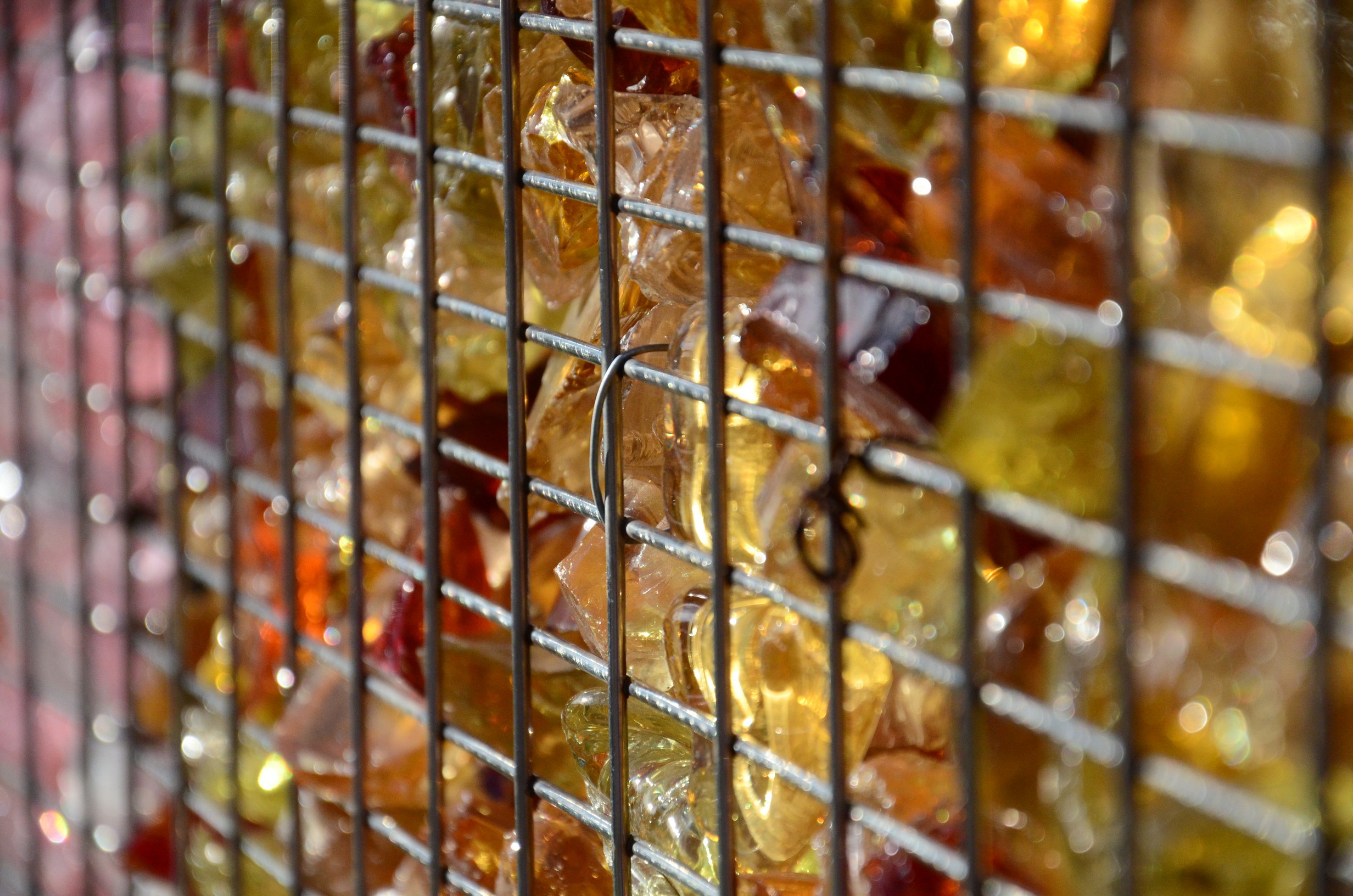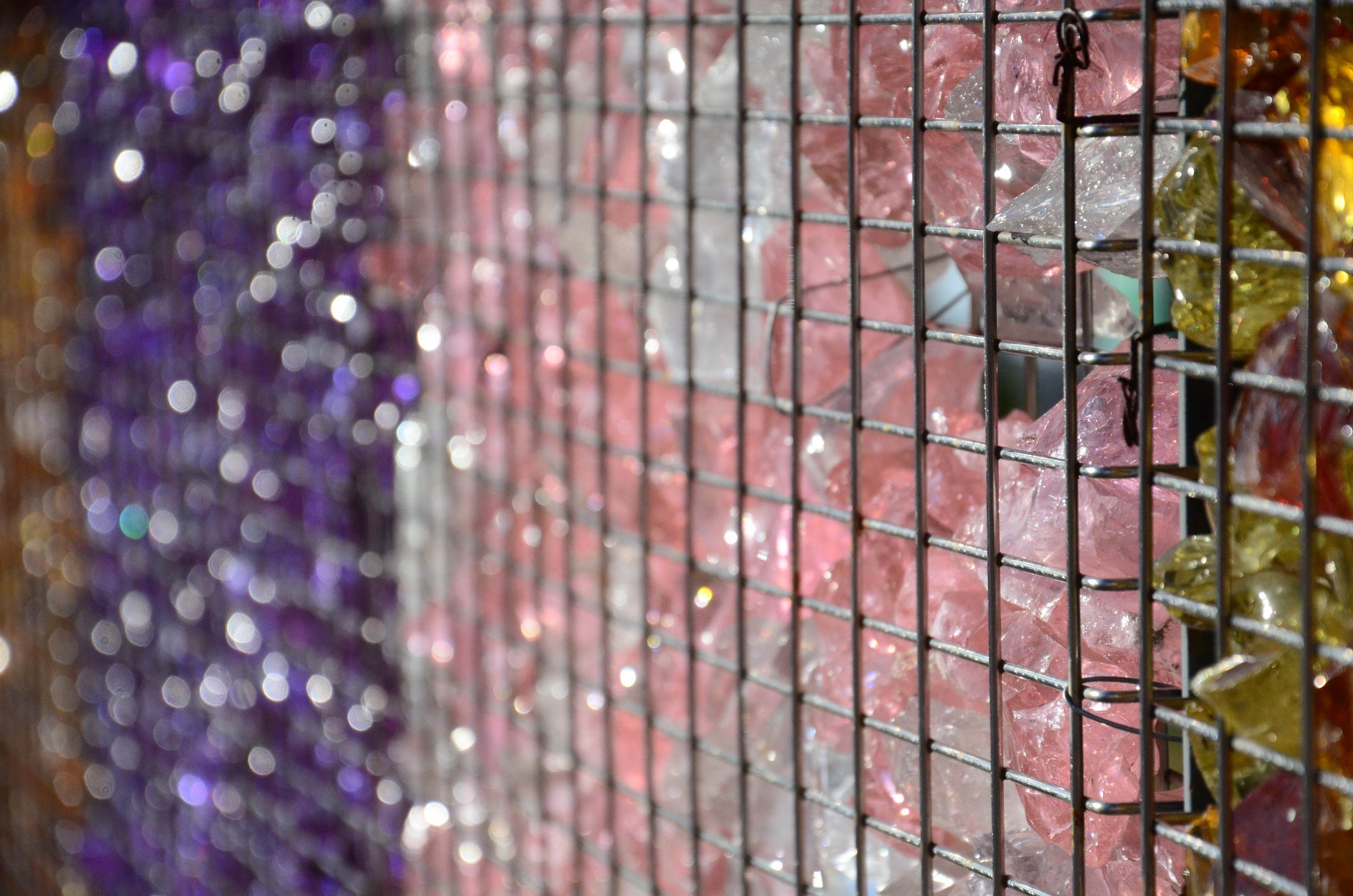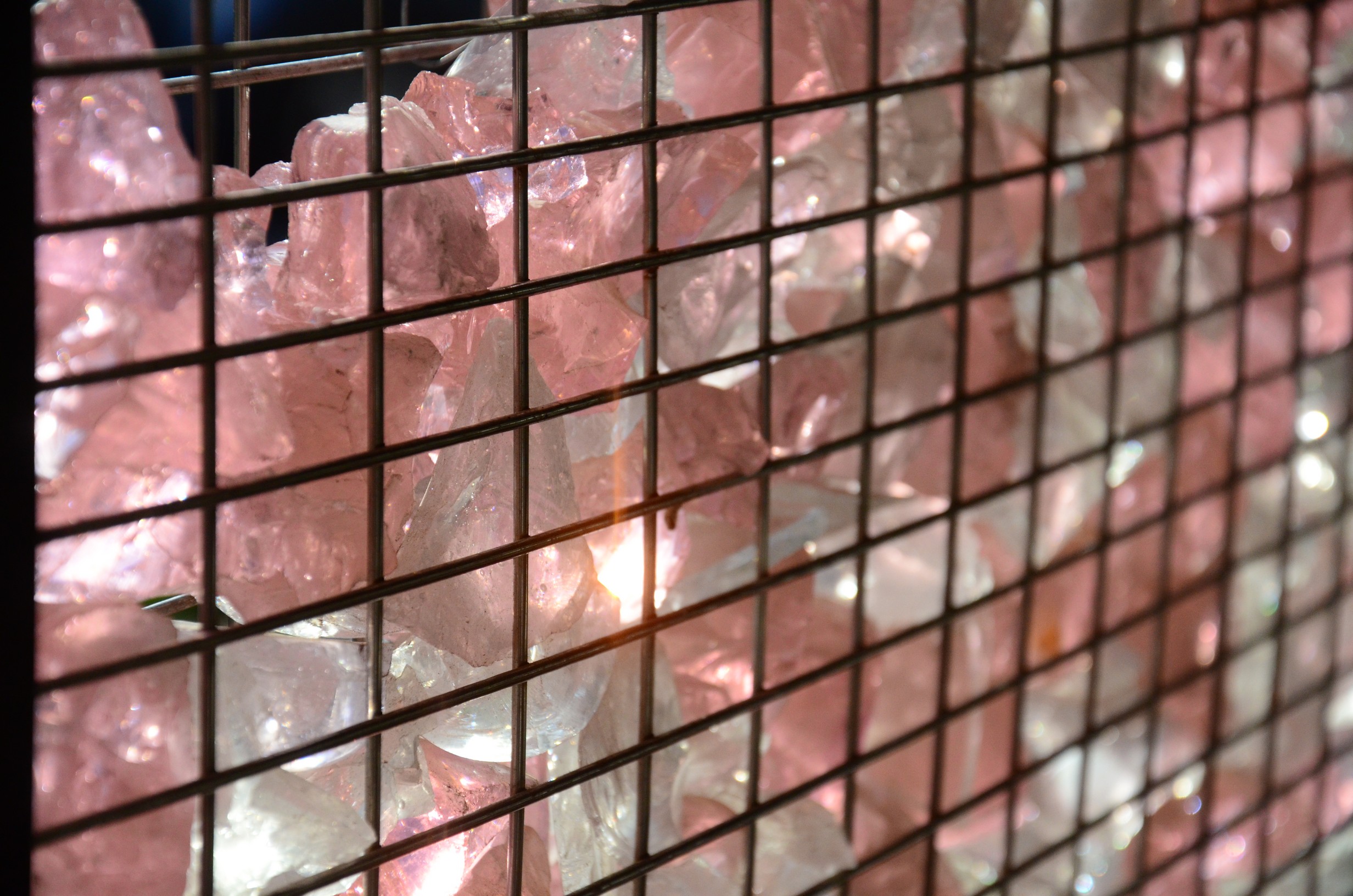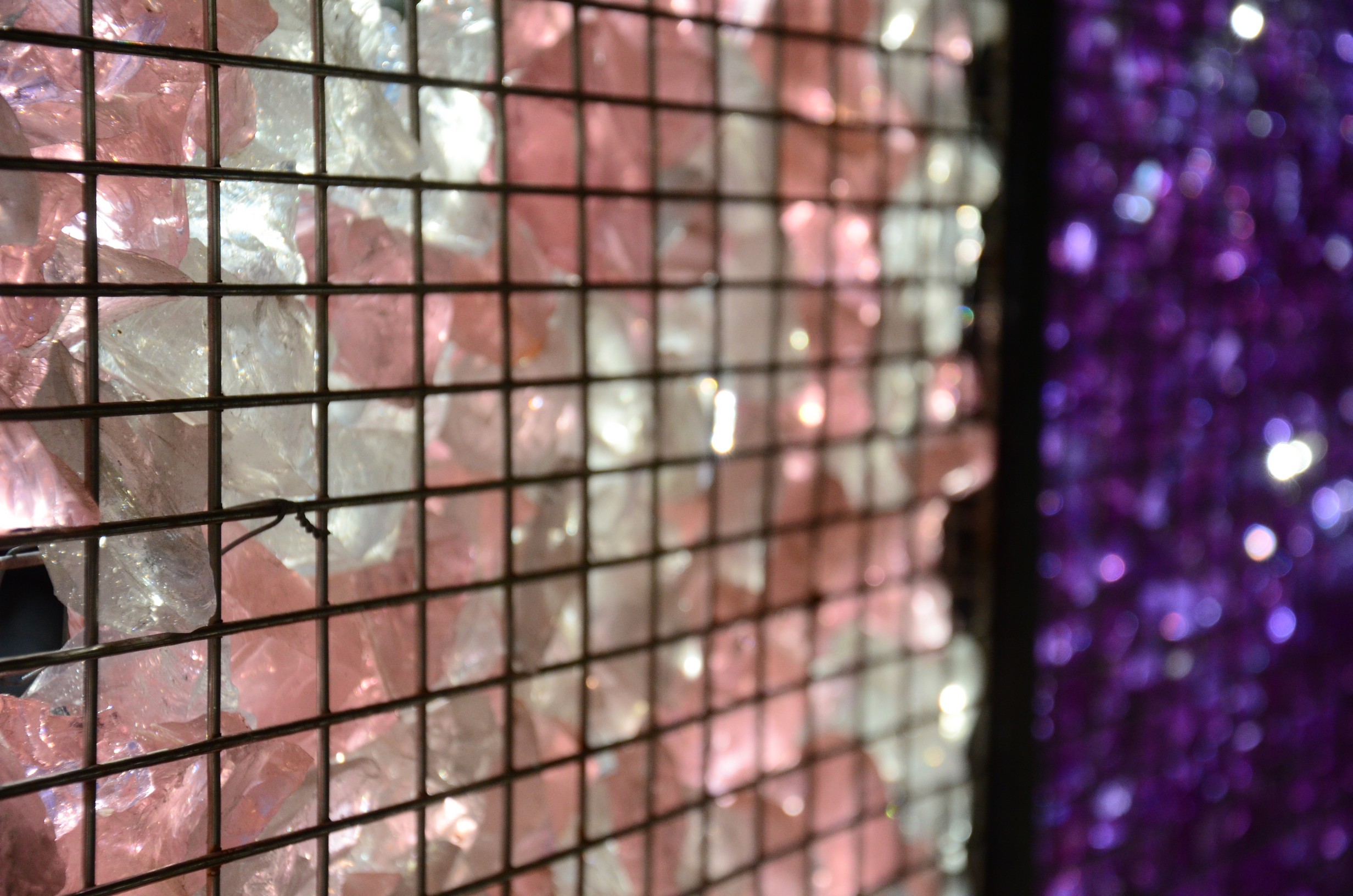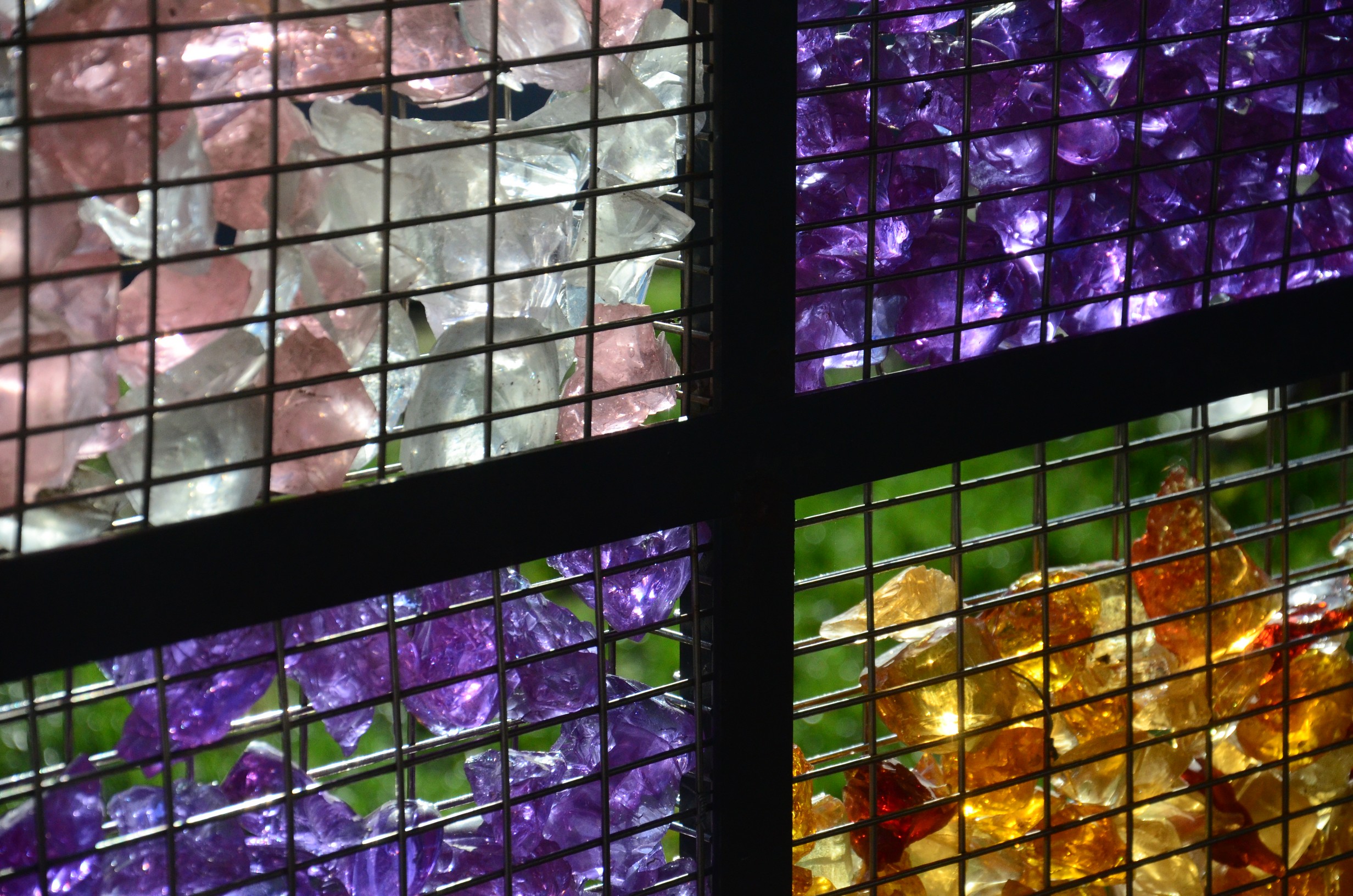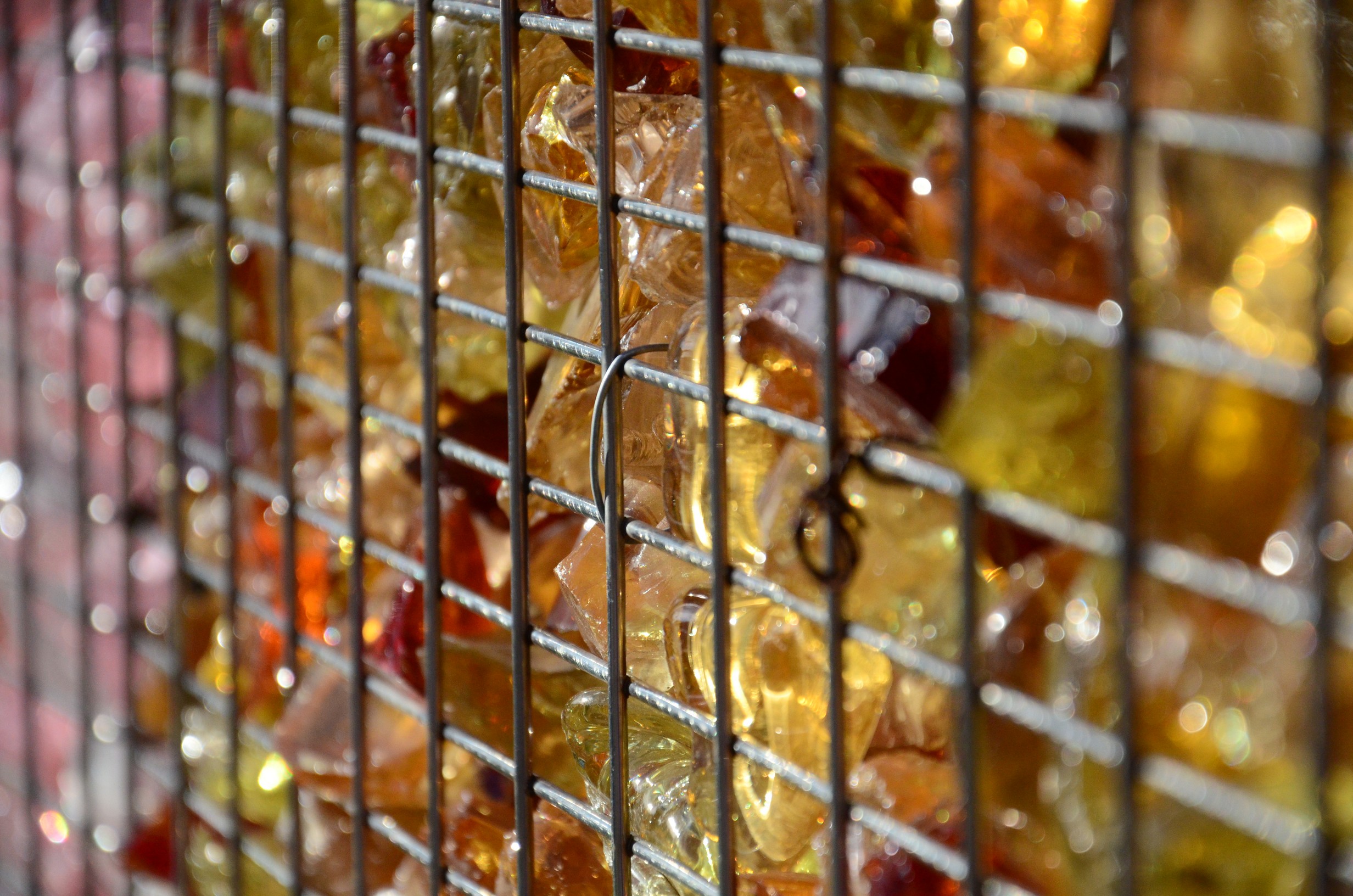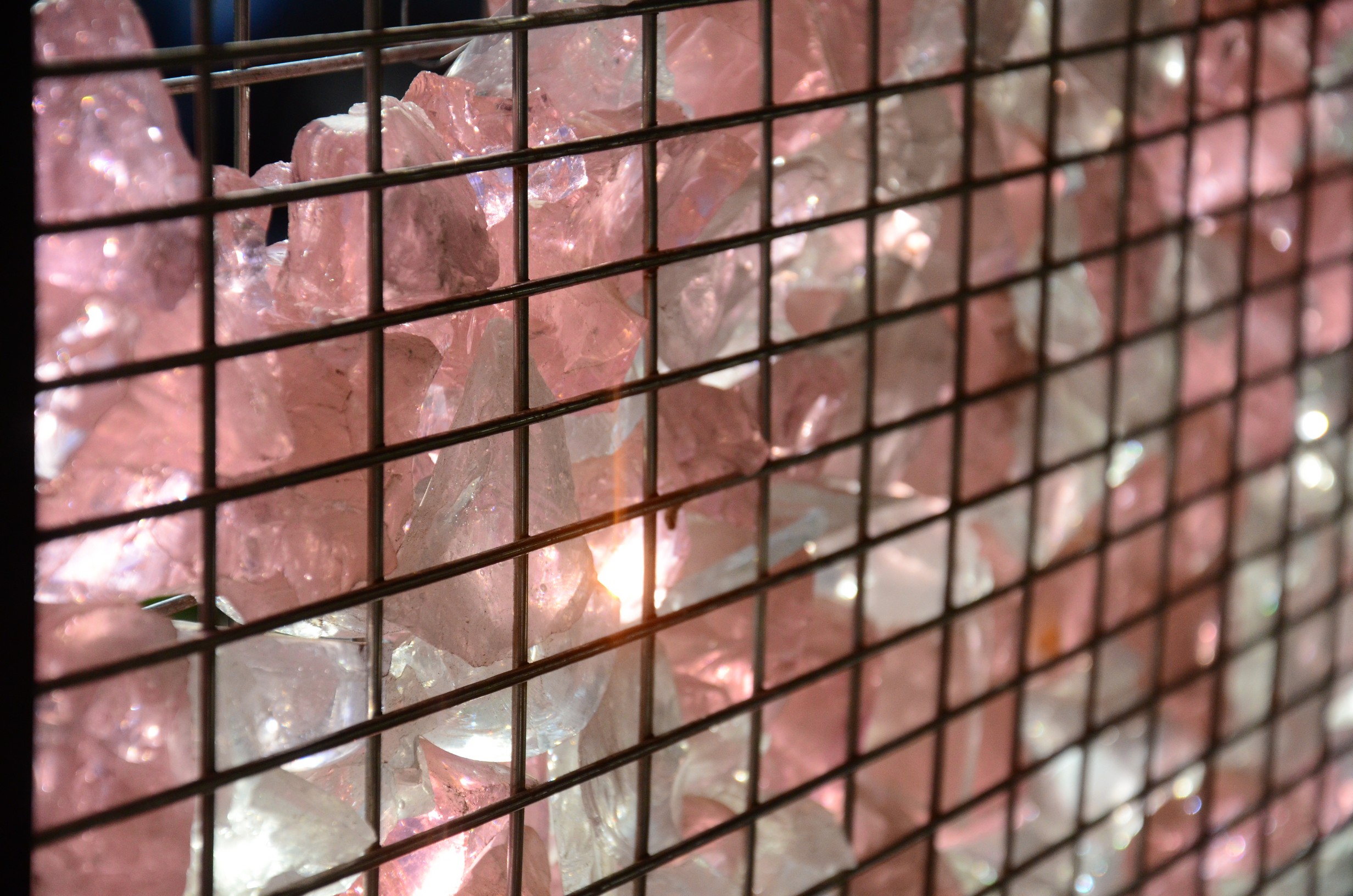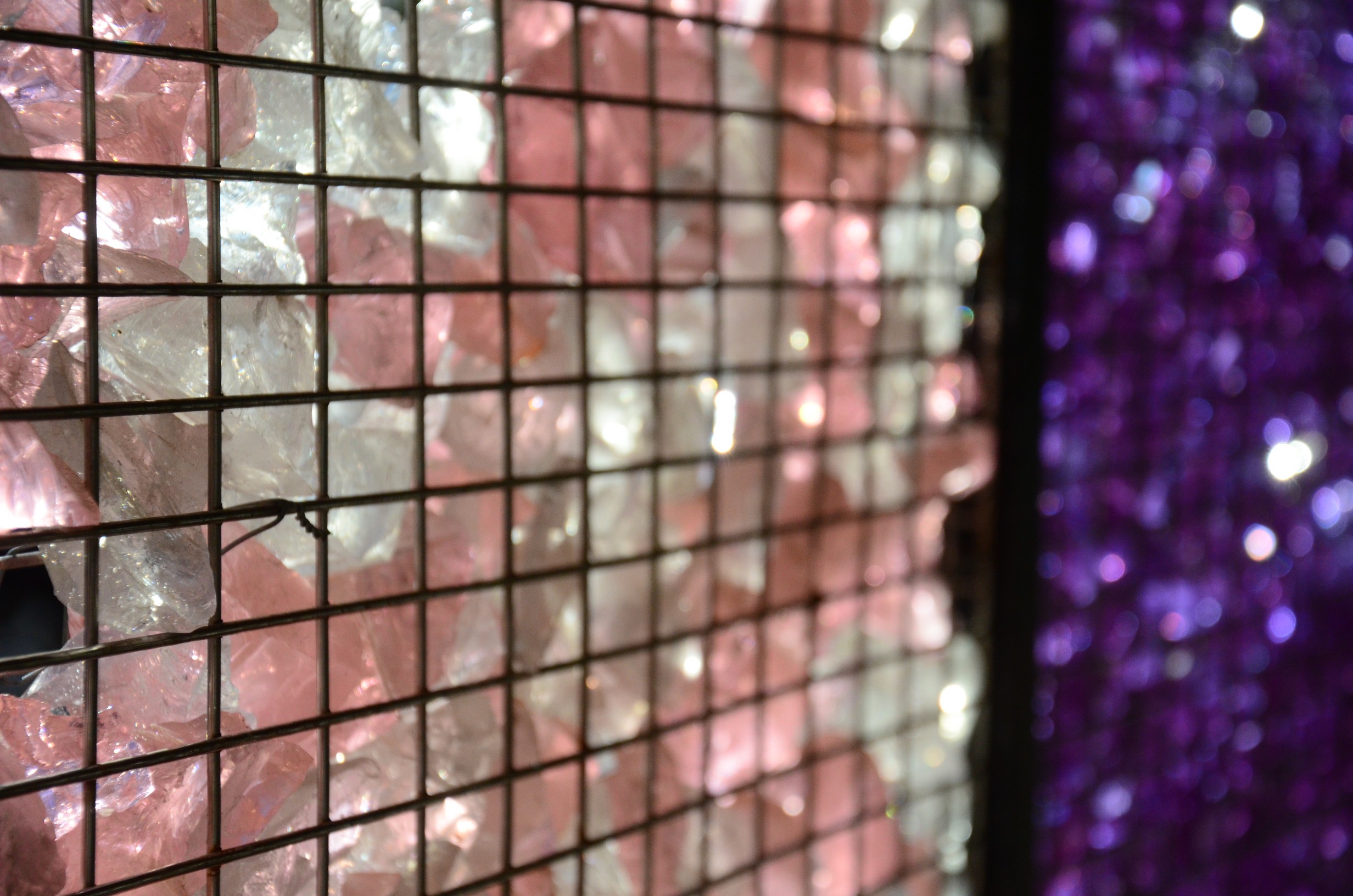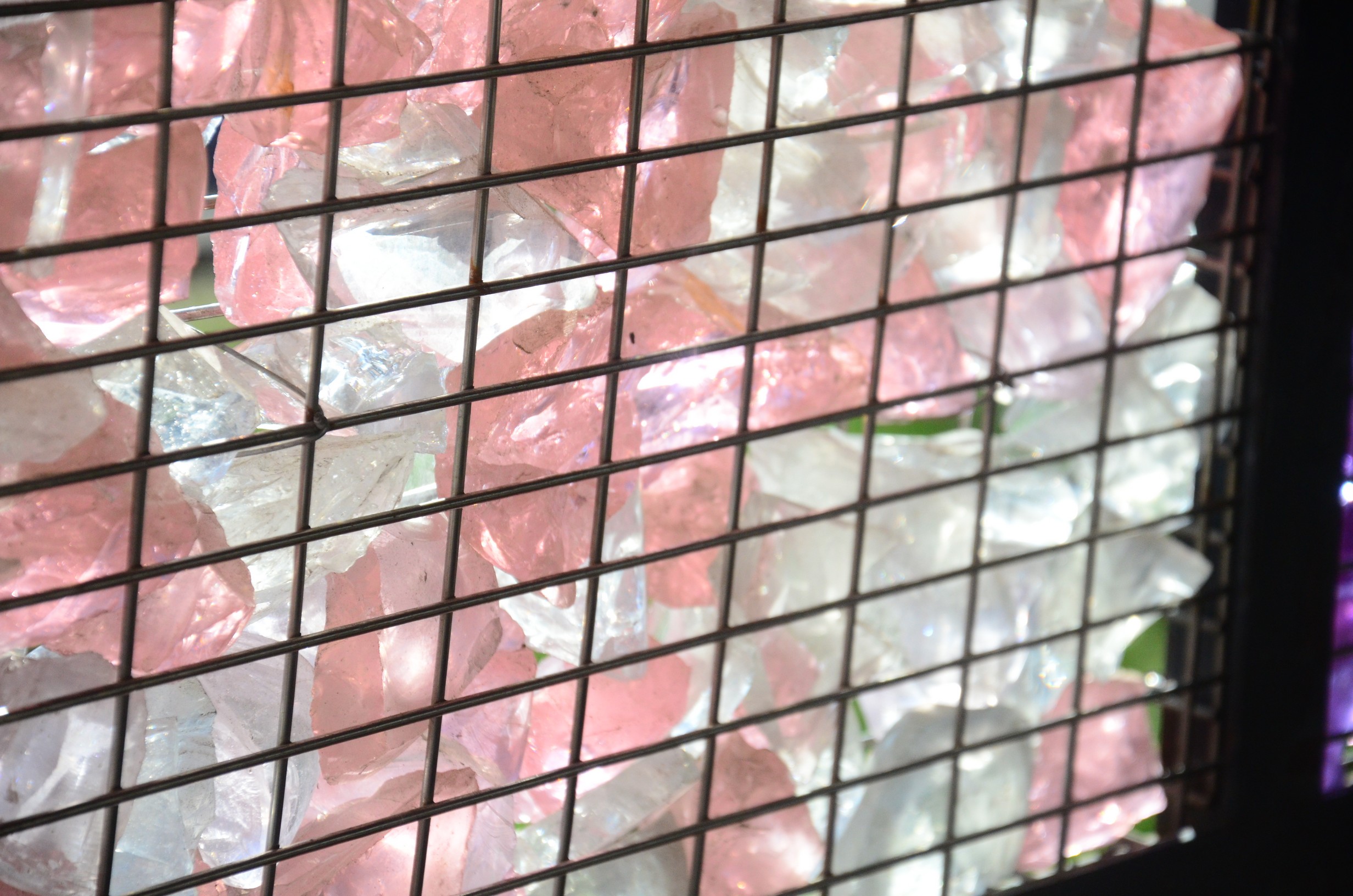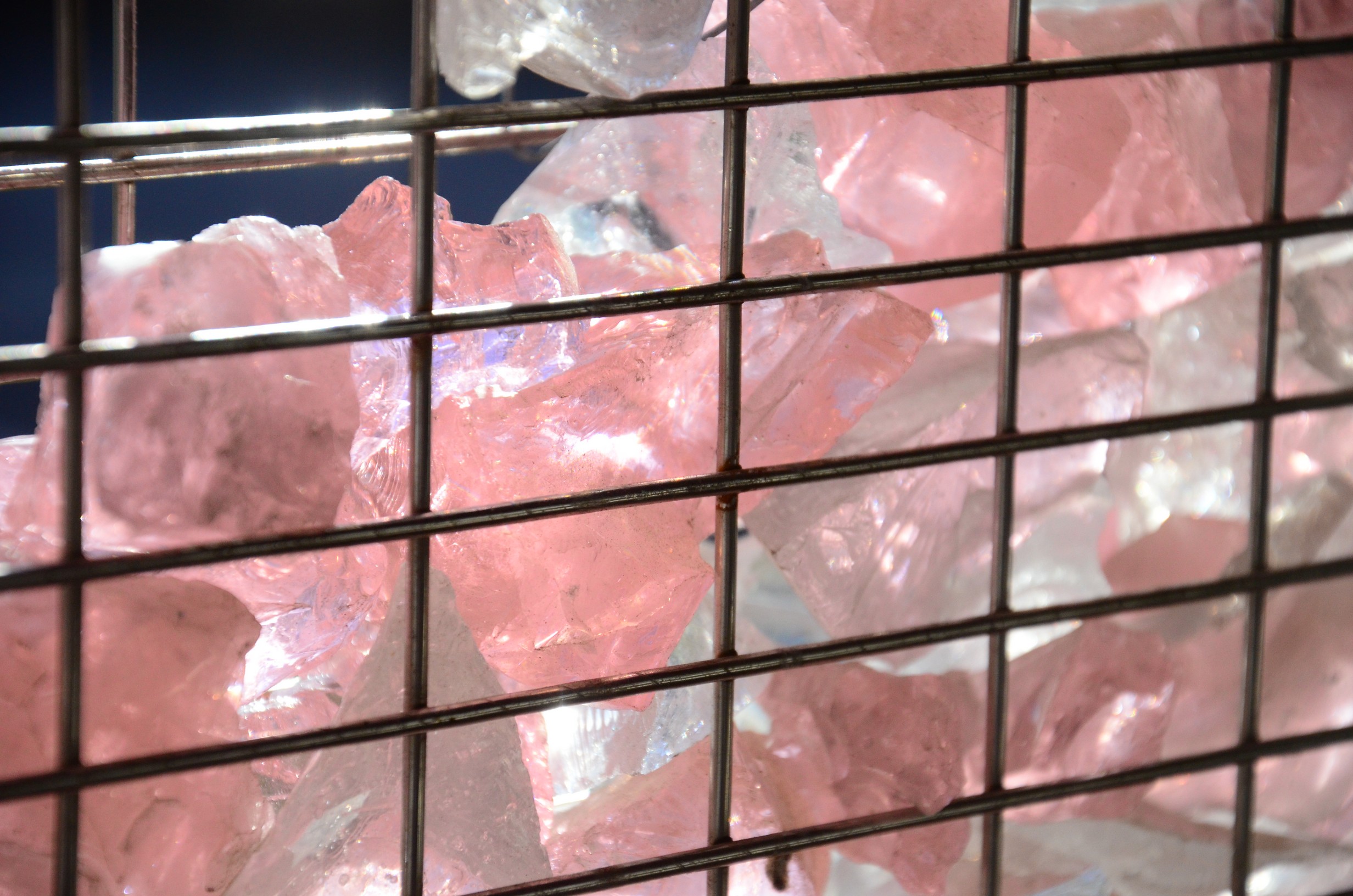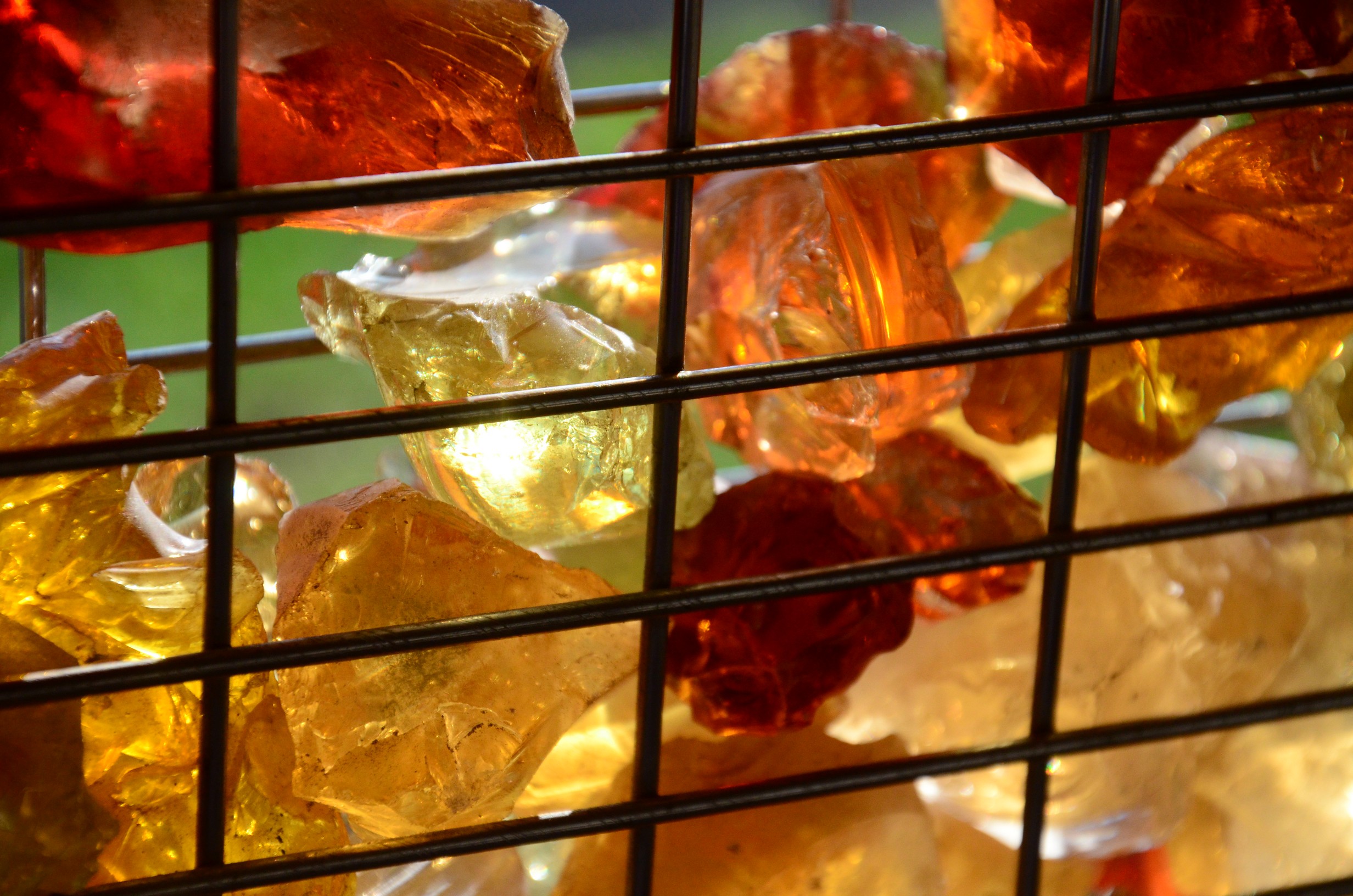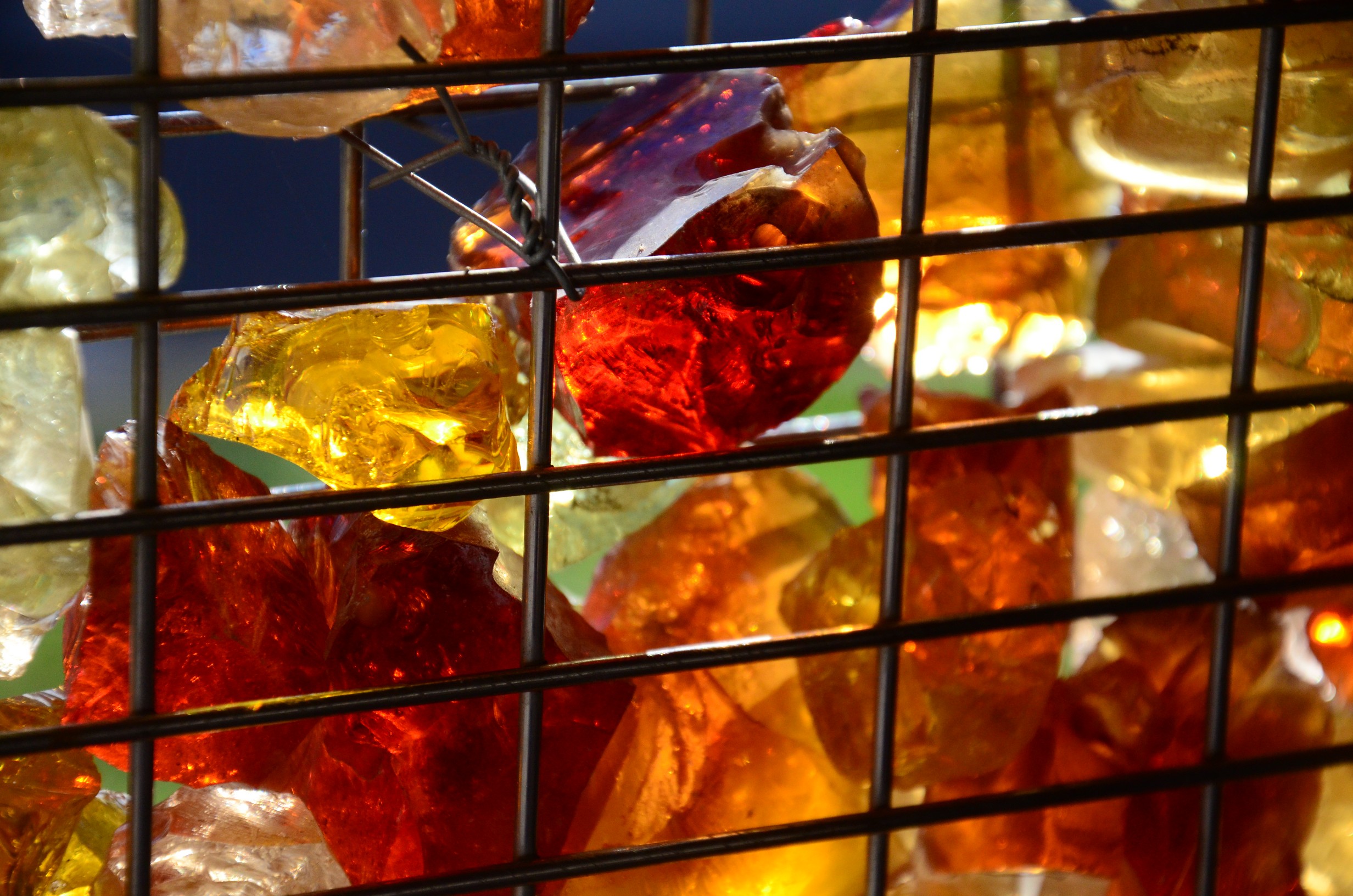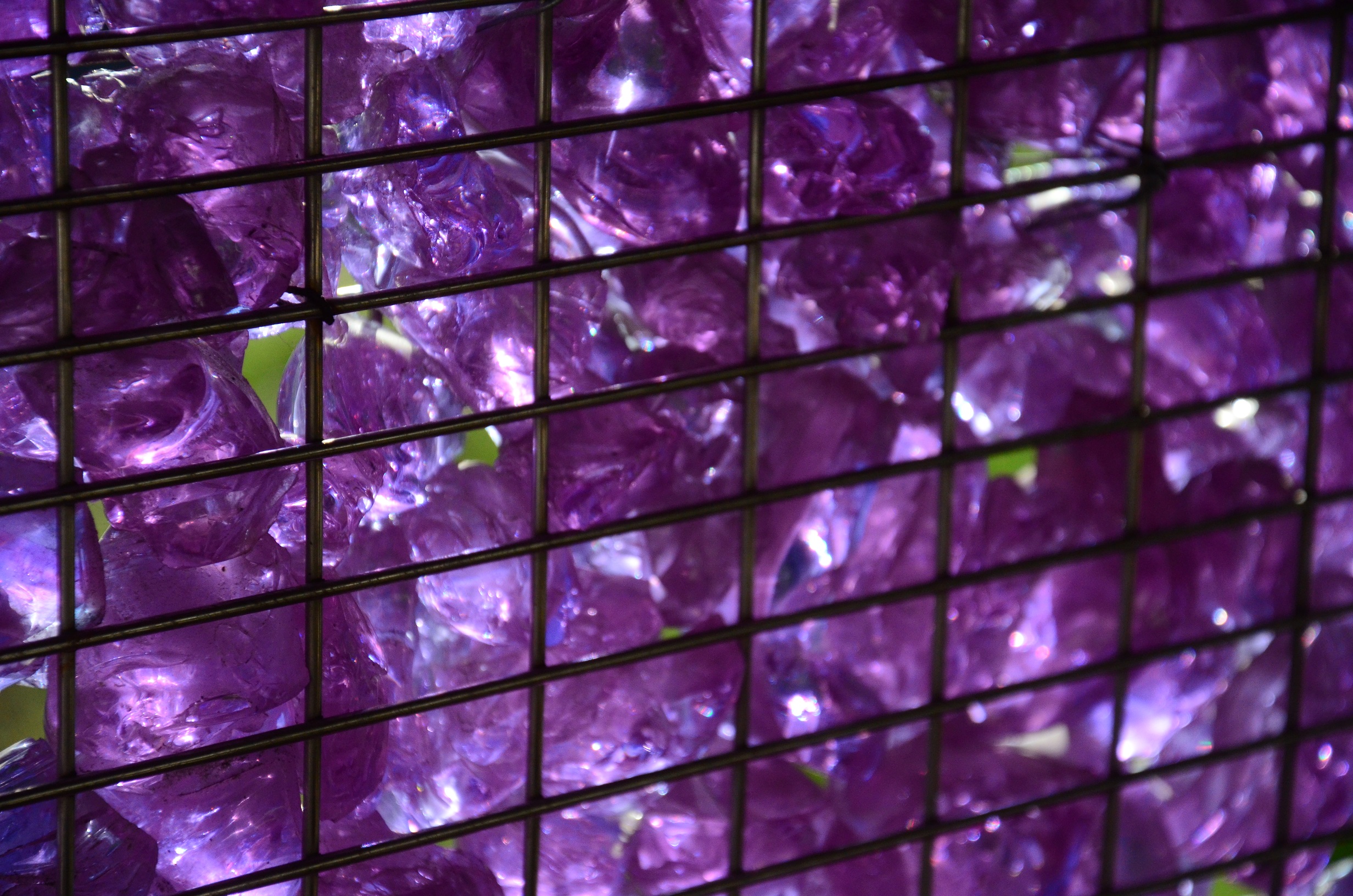Glass is undeniably one of the most present materials in our daily lives, finding its place in various both art and utilitarian object. Its history is as ancient as civilization itself, with traces of its earliest use dating back to prehistory, around 3500 BC. Initially crafted from a blend of sand, ash, and lime subjected to intense heat, glass emerged as a solid, transparent substance with a myriad of applications.
Throughout history, civilizations have utilised glass for diverse purposes. From crafting exquisite jewelry in ancient Egypt to adorning churches with stained glass masterpieces during the Middle Ages, its versatility has been celebrated across cultures and eras. In modern times, glass continues to shape our world.
Beyond its aesthetic and functional appeal, glass boasts remarkable sustainability. It is energy-efficient, serving as an excellent insulator and reducing the need for artificial lighting by reflecting and refracting natural light. Moreover, glass is endlessly recyclable, contributing to its eco-friendly profile. Some artisans have embraced sustainability by utilising recycled glass to create new, environmentally conscious products.
In modern times, the exploration of glass’s potential continues unabated, with ongoing innovations across sectors ranging from luxury goods to medical advancements. As we look to the future, glass remains a symbol of human ingenuity and creativity, promising new possibilities yet to be imagined.
Glass: Nancy Glassmaking, France
Glassmaking in Nancy, France, holds a prestigious position in the cultural heritage of humanity, as recognised by UNESCO in December 2023 under the inclusion of “Knowledge, craft and skills of handmade glass production” on the Representative List of the Intangible Cultural Heritage of Humanity. This acknowledgment celebrates the intricate knowledge, craftsmanship, and skills involved in handmade glass production, particularly rooted in the Grand Est region. With over 150 dedicated glass craftspeople and numerous small to medium-sized enterprises, along with four major crystal manufacturers, cultural institutions, and two training centers, the region stands as a bastion of glass artistry.
The legacy of glassmaking in Lorraine dates back to the Roman era, where workshops dedicated to glassware and decorative items flourished. Through the medieval period and into the 19th century, the art of glassmaking in Lorraine continued to evolve, reaching its zenith during the Art Nouveau movement. Notably, the École de Nancy, a collective of skilled artists and artisans based in the city of Nancy, played a pivotal role in this artistic renaissance.
Today, Lorraine maintains its prominence in the realm of glassmaking in France. The European Center for Research and Training in Glass Arts (Cerfav), situated in Vannes-le-Châtel, stands as a testament to this enduring tradition. Since its establishment in 1991, Cerfav has been instrumental in preserving and advancing glass-working techniques through comprehensive training programs, cultural outreach, research endeavors, and innovative initiatives.
In Nancy, the heart of Lorraine, the legacy of glass making continues to thrive amidst a backdrop of historical significance and contemporary innovation.
Further readings about glass
Museum of the School of Nancy Glassmaking
Cerfav Publication about Various Glassmaking Topics
CYFE Guidebook for Youth Workers and Educators. Specific section on glass and glass related crafts from pg.64-80.

